A series of high level talks are in the works on Tuesday to avert the threat of war as Russian troops mass by the tens of thousands on the borders of Ukraine.
Russian President Vladimir Putin is expected to make an appearance with the Hungarian prime minister, and anticipation is high that Putin will speak publicly about the crisis for the first time in weeks. British Prime Minister Boris Johnson is taking a break from his troubles at home for a meeting in Kyiv with Ukrainian President Volodymyr Zelenskyy. The Kremlin also announced Putin’s in-person meeting with French President Emmanuel Macron “in the foreseeable future.”
WHAT ARE THE U.S. AND EUROPE DOING AGAINST POTENTIAL CYBERATTACKS?
A top White House cybersecurity official is in Europe meeting with U.S. allies to help coordinate efforts to defend against and respond to potential cyberattacks launched by Russia against Ukraine and others.
Anne Neuberger, the deputy National Security Advisor for cyber and emerging technology, is traveling to Brussels and Warsaw during a week-long trip to meet with NATO allies, senior Biden administration officials said Tuesday.
The purpose of the trip is to ensure that the U.S. and its allies are prepared for all cyber-related contingencies if the situation in Ukraine were to escalate, officials said.
Russia has launched significant cyberattacks against Ukraine previously and would almost certainly do so again as part of any operation against its neighbor. Such hostile activity against Ukraine could spread far and wide, as the devastating notPetya attack did in 2017.
WHAT WOULD A UKRAINIAN RESISTANCE LOOK LIKE?
The eastern Ukrainian city of Kharkiv is divided between people who are enthusiastically volunteering to join a civil resistance to a potential Russian invasion and those who just want to live their lives.
Which side wins out in Kharkiv, which is Ukraine’s second largest city and is just 40 kilometers (25 miles) from where Russian troops are massing, could well determine the fate of the country.
A guerrilla war fought by dentists, coaches and housewives defending a hometown of a 1,000 basement shelters would be a nightmare for Russian military planners, according to both analysts and U.S. intelligence officials. And that’s exactly what many people in Kharkiv — and across Ukraine — say they’re planning to do.
“Both our generation and our children are ready to defend themselves. This will not be an easy war,” said Maryna Tseluiko, a 40-year-old baker who signed up as a reservist with her 18-year-old daughter in Kyiv.
WHY DOES RUSSIA SAY IT DIDN’T SEND A RESPONSE ON UKRAINE TO US?
Russia is denying that it has sent a response to the U.S. proposal aimed at deescalating the Ukraine crisis.
Multiple Biden administration officials said that the Russian government had provided a written response to the U.S. proposals, but Russian Deputy Foreign Minister Alexander Grushko on Tuesday told Russia’s state RIA Novosti news agency that this was “not true.”
The agency also cited an unnamed senior diplomat in the Russian Foreign Ministry as saying that Foreign Minister Sergey Lavrov sent a message to his Western colleagues, including U.S. State Secretary Antony Blinken, about “the principle of indivisibility of security,” but said it wasn’t a response to Washington’s proposals.
Kremlin spokesman Dmitry Peskov told reporters Tuesday that there has been “confusion” — Russia’s response to the U.S. proposals is still in the works, and what was sent “were other considerations on a somewhat different issue.”
Lavrov and Blinken are scheduled to speak with each other on Tuesday.
UKRAINE SECURITY CHIEF WARNS AGAINST INTERNAL UNREST
Ukraine’s security chief said Russian forces massed on the border haven’t made the kind of preparations that signal an imminent invasion, and he warned that sowing panic could lead to internal unrest that would benefit Moscow.
Oleksiy Danilov, the secretary of Ukraine’s National Security and Defense Council, told The Associated Press that about 120,000 Russian troops are concentrated near Ukraine and Moscow, but said an imminent invasion would require massive preparations that would be easily spotted.
“We can’t allow panic in the country,” Danilov told the AP. ““It’s very difficult for us to maintain control over the economic situation when all the media keep saying that the war will start tomorrow. Panic is a sister of defeat.”
He said Russian President Vladimir Putin hopes to achieve his goal of destroying Ukraine through internal destabilization even without an invasion.
(AP)

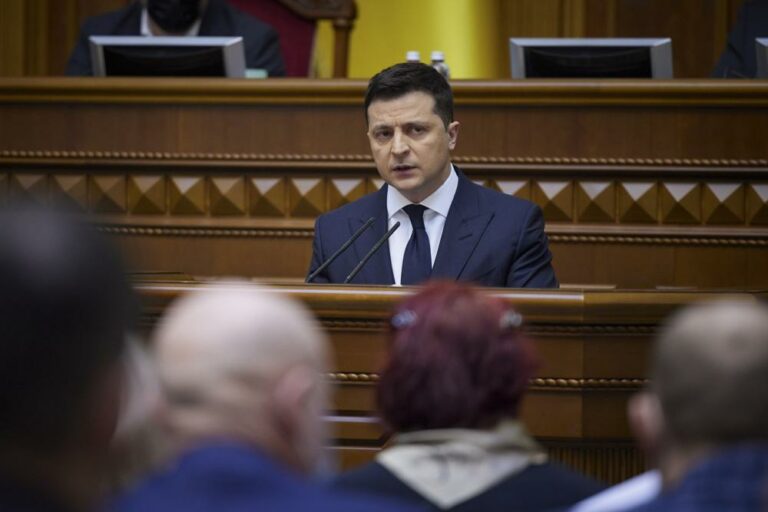

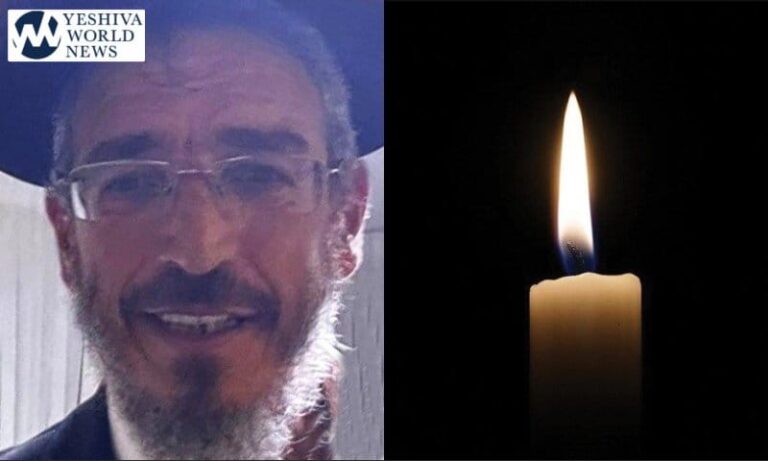

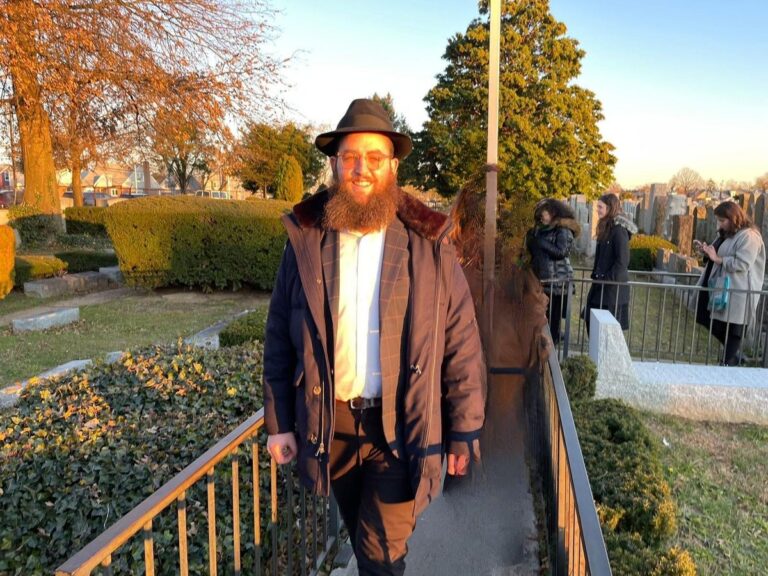
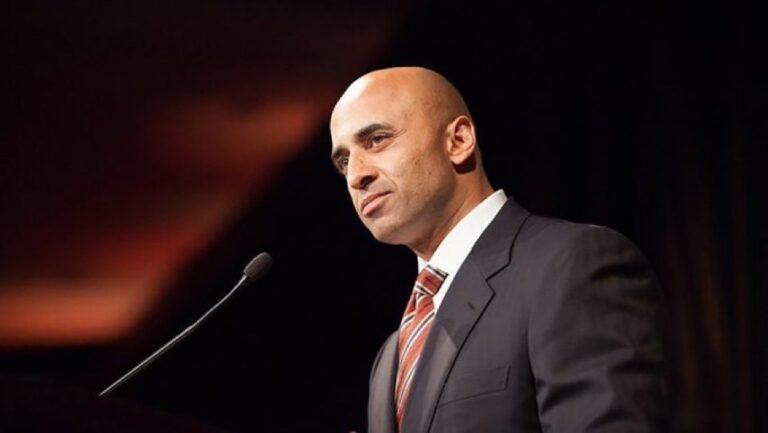

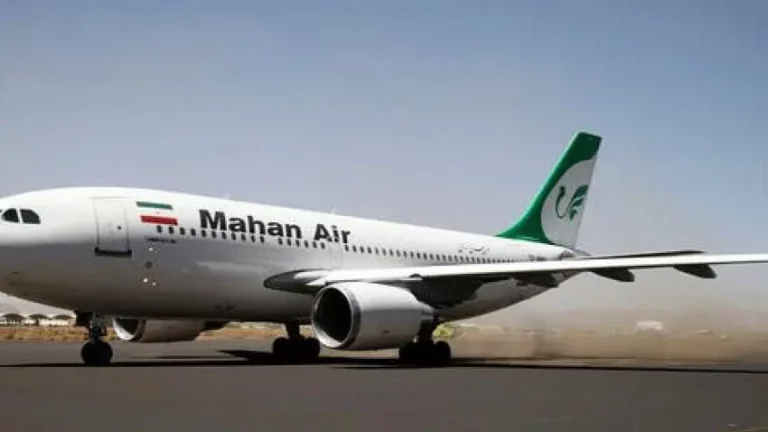
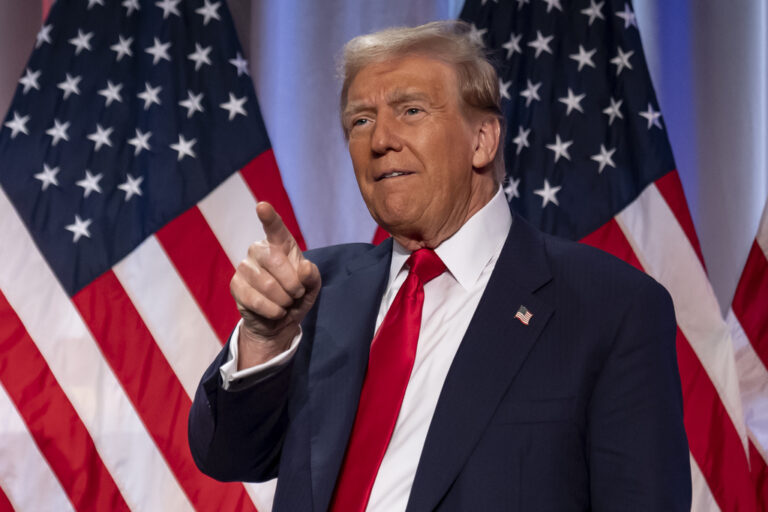
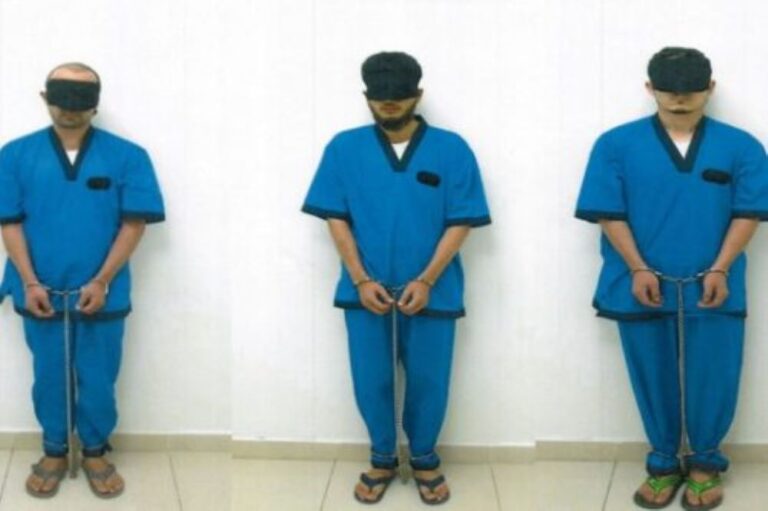

3 Responses
Here’s what you really need to know: a worldwide genetics experiment that does not necessarily serve the best interests of its participants is ongoing. States incentivized participation with varieties of coercion and fear mongering. Despite the best efforts at censorship, public distrust of the experiment and its proponents has grown. Public confidence in states therefore is waning. States generally can effectively instigate public confidence in the regime through the propagation of conflicts with feared foreign enemies, however real. The public tends to rally around the flag in such instances. They count on the state for their security. So, here we are with a war in Russia or China dangling over our heads. As long as it is dangling, the public trusts the regime more. If public confidence wanes anymore, then an actual war may become necessary. If the public restores complete confidence in the respective regimes and take their vaccinations and wear their muzzles without any pouts, then the prospects of a conflict probably would disappear altogether. They monitor chatter about the regimes. So, I guess if you really don’t want things to escalate, we all could pretend to trust the government or something. It might help. Honestly.
Worst case scenario:
1. NATO, including the United States, move troops towards their border in the east in response to the eastern members of NATO (which were ruled by the Soviet Union) worrying they will be next. At the same time, the US and others will be aiding the Ukranians, but short of direct involvement, and the US will impose crushing economic sanctions that will destabilize the world economy.
2. With US/NATO support, Ukranians will engage in “terrorism” (what we would call it if directed against us) against the Russians. This would lead to Russians and NATO exchanging fire. While this is happening NATO will be steadily calling up reserves and building up the military, and some neutral countries that feel threatened (Finland and Sweden) will join NATO.
3. China and North Korea will feel the US is occupied and it is a good time to act up. This will cause many Asian countries to get nervous and build up military strength.
4. With lots of soldiers running loose, there are plenty of other places where border incidents could lead to serious conflict.
5. Unlike 1914, the stakes are higher now (back then, the worst that could happen was an artillery shell that could badly damage a building from 20 miles away), however unlike 1914, many major leaders have a tenuous grasp on power and might see a military mobilization as a way to unite the country behind them.
6. As matters heat up, countries might try to look for “easy pickings”. The US might try to take Cuba and Venezuela. The Russians might want to threaten the Baltic states. Turkey might re-friend NATO and try to get rid of Syria (a Russian ally), which will draw Iran (on the side of Russia) and Israel (on the side on NATO) into the war. India and China already are fighting over the border, and if they join in one can be certain that Pakistan will ally with whomever India is fighting.
7. At this point, the only think between us and the “Kats” (i.e. Messiach) is the good judgement and intelligence of Putin, Biden, Qi (and throw in the UK’s Johnson).
THE ONLY ONE IN CHARGE AND WHO SHOULD BE FEARED IS HASHEM. ALL ELSE IS HEVEL HAVALIM.